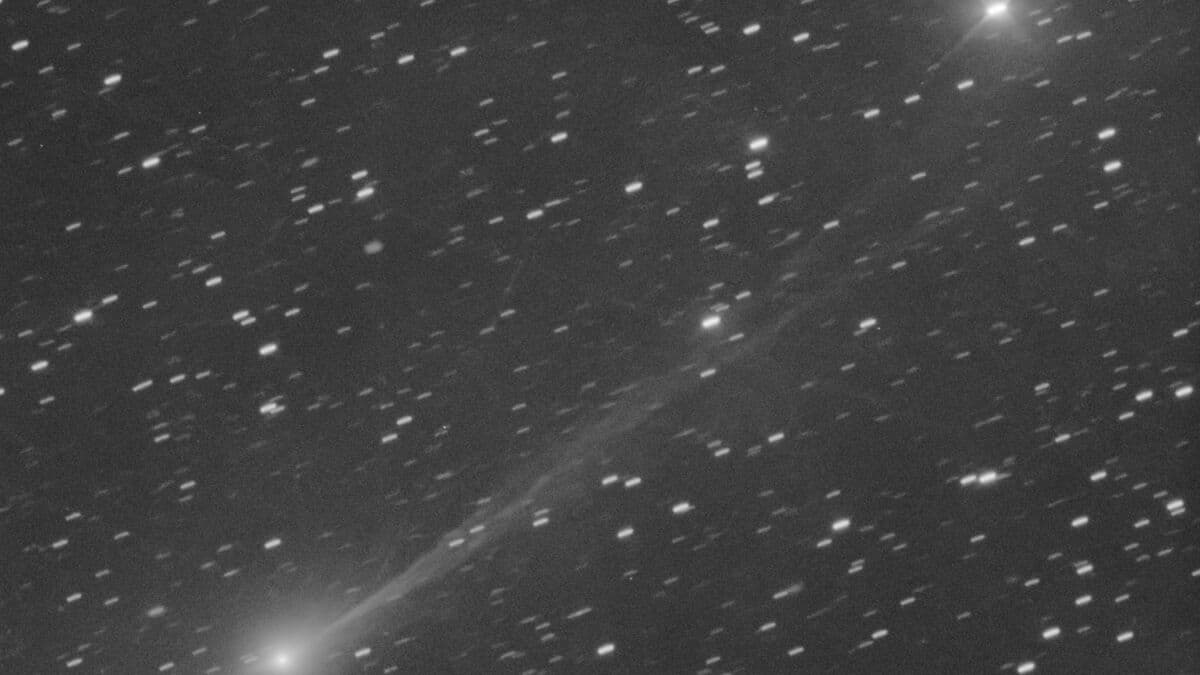The comet was discovered last summer and in October it passed close to the planet Mars.
China's Tianwen-1 probe was then able to photograph it, which was announced earlier in November . And now the American NASA is also sharing what its vehicles on and near our neighboring planet have discovered.
"Everyone with access to a telescope wants to look at it because it's a fascinating and rare opportunity," said Shawn Domagal-Goldman, acting director of the NASA Astrophysics Division.
“The thought gives me goosebumps”
Atlas – formally 3i/Atlas, “3i” as it is the third interstellar object to be observed in the solar system – is estimated to have a diameter of somewhere between 440 meters and 5.6 kilometers. It is moving very quickly through space and is believed to have originated in a star system older than our own.
That thought gives you goosebumps, says NASA scientist Tom Statler:
This means that 3i/Atlas is not just a window to another solar system, but a window to the very past, and further back in the past than the formation of our Earth and our Sun.
Two previous observations of interstellar objects, Oumuamua (2017) and Borisov (2019), have raised speculation that they could be some kind of craft or signs of extraterrestrial life. Atlas is definitely a comet, NASA scientists have confirmed.
There is also no risk of collision in the solar system.
Can be seen from the ground
The European Space Agency (ESA) has pointed all cameras and instruments aboard the Juice spacecraft at 3i/Atlas as the probe heads towards Jupiter. However, the observations will not reach scientists back on Earth until February next year.
Atlas can be seen from Earth using binoculars or a telescope, during the early and dark morning hours.
In mid-December, it will be closest to our planet, "only" 270 million kilometers away, before continuing its journey further out into the galaxy.





